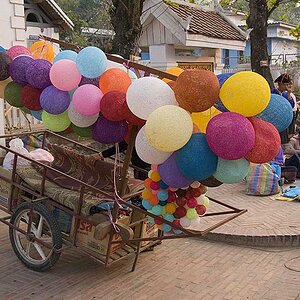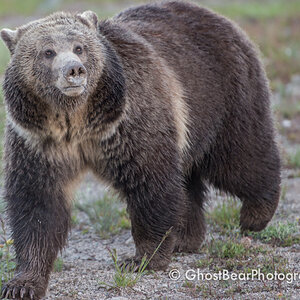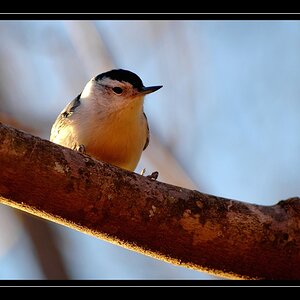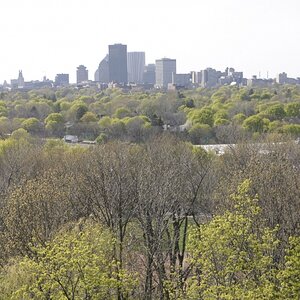scole
TPF Noob!
- Joined
- May 3, 2007
- Messages
- 64
- Reaction score
- 0
- Location
- Everett, WA
- Website
- www.scolephoto.com
- Can others edit my Photos
- Photos NOT OK to edit
Thought I had a handle on what I should do but a brief session on Friday night proved otherwise. 
First, this is the kind of photograph I'm trying to take. I took this photo with my point & shoot Casio on a backpacking trip last summer:
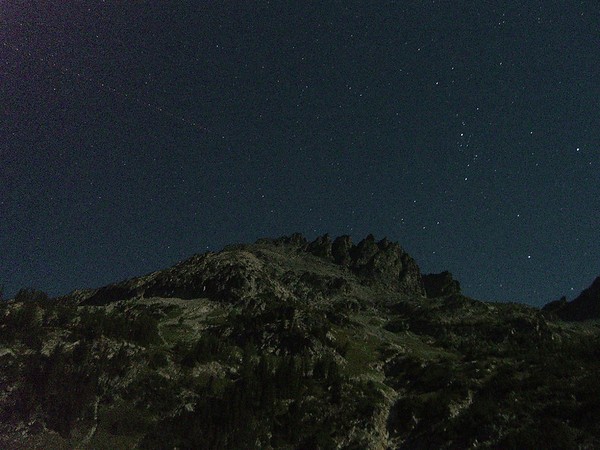
This photo was taken with a ~40s exposure and full moon. Obviously it's waaay too grainy because of the limited ISO. Since taking this photo, I added a DSLR to my bag. Anyways, I set out Friday night up into the mountains to play around and take some photos similar to the one above.
Unlike the photo above, the moon was not up at the time of my picture taking. That- and being away from the lights of the urban environment- provided more of a challenge than I had expected. This photo is my "best" attempt before my battery died:

This photo was taken in Bulb mode at F4 with a 5 minute exposure and an ISO of 200. Kind of on the right track but I wanted more light on the snow covered face of the mountain. It seemed like I *could* use shorter exposure times with a higher ISO but then the photos would be grainier.
I guess I'm just wondering out loud if I was on the right track or there's something I'm overlooking (or missing). :mrgreen:
Thanks-
Steve
First, this is the kind of photograph I'm trying to take. I took this photo with my point & shoot Casio on a backpacking trip last summer:

This photo was taken with a ~40s exposure and full moon. Obviously it's waaay too grainy because of the limited ISO. Since taking this photo, I added a DSLR to my bag. Anyways, I set out Friday night up into the mountains to play around and take some photos similar to the one above.
Unlike the photo above, the moon was not up at the time of my picture taking. That- and being away from the lights of the urban environment- provided more of a challenge than I had expected. This photo is my "best" attempt before my battery died:

This photo was taken in Bulb mode at F4 with a 5 minute exposure and an ISO of 200. Kind of on the right track but I wanted more light on the snow covered face of the mountain. It seemed like I *could* use shorter exposure times with a higher ISO but then the photos would be grainier.
I guess I'm just wondering out loud if I was on the right track or there's something I'm overlooking (or missing). :mrgreen:
Thanks-
Steve



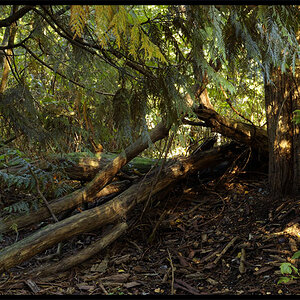
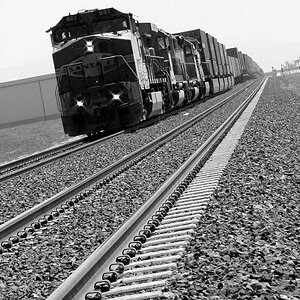
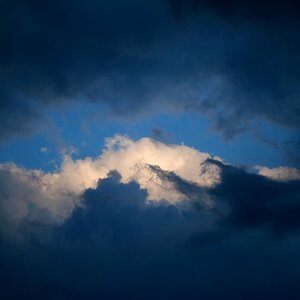
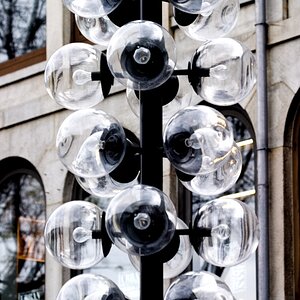
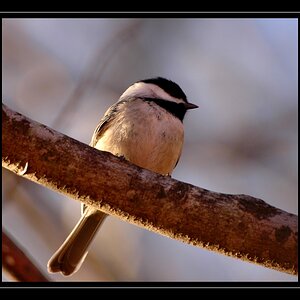
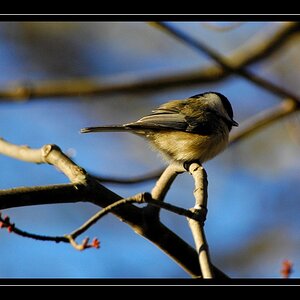
![[No title]](/data/xfmg/thumbnail/42/42034-6262420ff3ea238f05395bbcc7ae1f28.jpg?1619739985)
